Did you know 63% of landfill-bound metal could be repurposed for home projects? Those worn-out rain channels collecting dust in your garage hold untapped potential. With a little creativity, they can become vibrant planters or stylish eco-friendly accents for your outdoor areas.
Sustainable Home Magazine recently showcased how homeowners transformed basic water drainage systems into vertical herb gardens and cascading flower displays. These projects blend practicality with environmental stewardship – you’ll save money while reducing waste.
Why spend hundreds on store-bought planters when existing materials can serve the same purpose? We’ll guide you through converting overlooked items into functional art. The process takes under three hours for most DIYers, using tools you likely already own.
Key Takeaways
- Transform metal or vinyl channels into space-saving vertical gardens
- Reduce household waste while creating custom growing spaces
- Protect foundation drainage by redirecting rainwater effectively
- Enhance curb appeal with unique, upcycled landscape features
- Cut gardening costs by 40-60% compared to traditional planters
Following Sustainable Home Magazine’s proven methods, you’ll discover how to position these structures for optimal plant growth. We’ll explore drainage hacks, soil mixtures, and layout designs that work best for different climates across the U.S.
Getting Started with Gutter Gardening
Urban gardeners are turning rooftops into edible landscapes using an unexpected material. Rain channels designed for water management make perfect shallow-root plant homes. Sustainable Home Magazine recently featured a Brooklyn apartment where basil and strawberries thrive in repurposed aluminum troughs along fire escape railings.
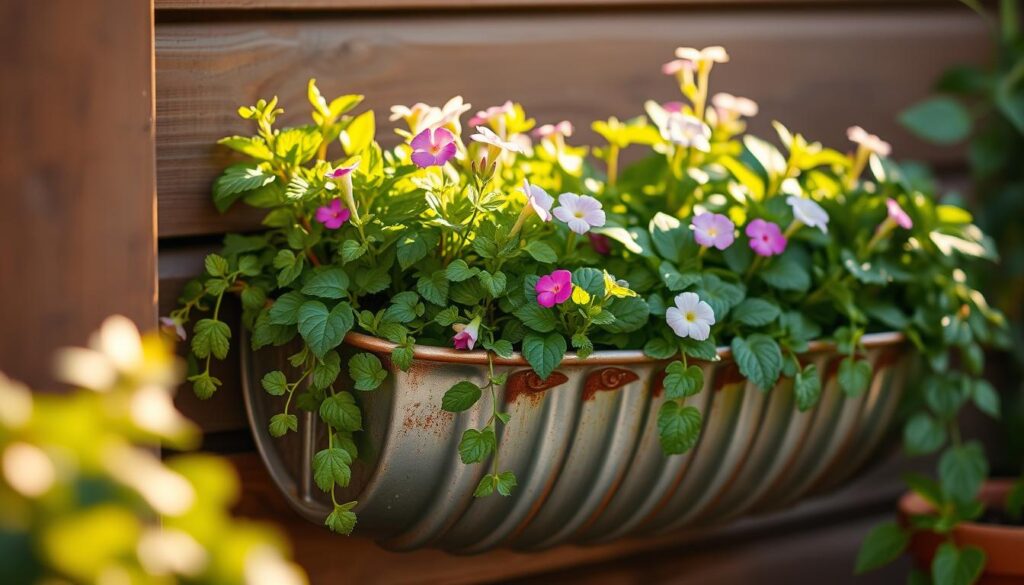
Why Repurpose Rain Gutters?
These metal or vinyl channels solve three problems at once. They keep usable materials from landfills, create affordable growing space, and add character to bland walls. You’ll need just four items to begin:
- Clean gutter sections (6-8 feet ideal)
- End caps and mounting brackets
- Drill for drainage holes
- Potting mix with perlite
| Traditional Planter | Gutter Planter | Savings |
|---|---|---|
| $25-$50 per unit | $0-$8 (repurposed) | 68%+ |
| Requires floor space | Uses vertical surfaces | 90% space reduction |
| Limited mobility | Easy to relocate | Flexibility boost |
Benefits for Urban and Small-Space Gardens
Apartment dwellers love how railing planters transform narrow balconies. One Denver resident grew 14 herb varieties in a 4-foot window setup. The secret? Positioning channels where they catch morning sun but avoid afternoon scorch.
These systems work particularly well for:
- Leafy greens like kale and spinach
- Trailing flowers such as petunias
- Compact root vegetables (radishes, baby carrots)
With basic tools and an afternoon, you can create a living wall that nourishes both plants and neighborhood curiosity.
Understanding Rain Gutters and Their Versatility
Those metal or plastic channels lining your roof do more than shuffle rainwater. Originally designed to protect foundations, rain gutters channel 1,500+ gallons annually from a typical home. But their straight lines and durable construction make them ideal for inventive gardening solutions.
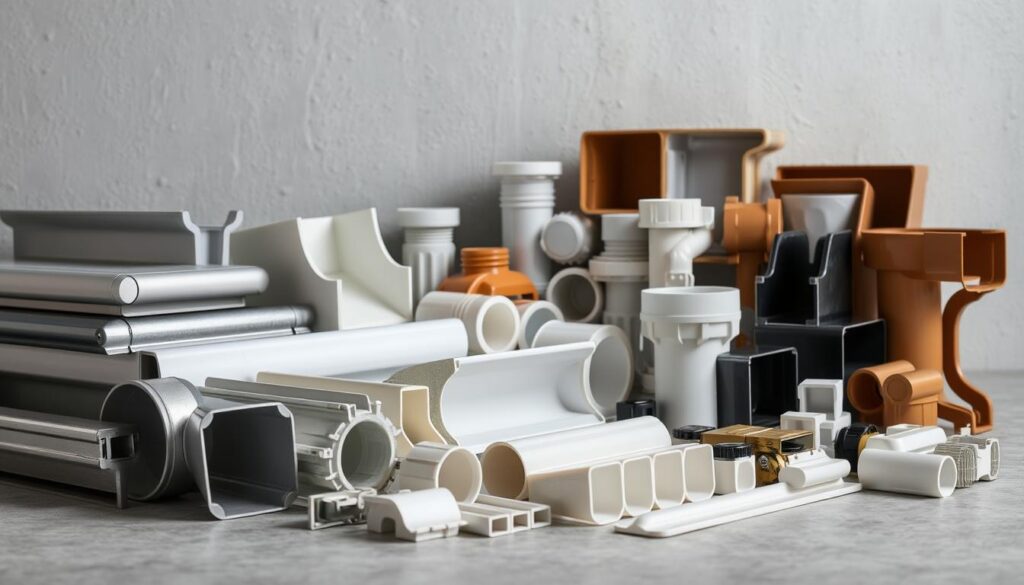
Defining Rain Gutters and Their Uses
Traditional water management systems come in two profiles: K-style (decorative) and half-round (historic homes). While they excel at directing runoff, their shallow depth works perfectly for growing herbs and succulents. Sustainable Home Magazine notes: “Gutters’ linear shape creates natural planting rows ideal for urban spaces.”
Common Materials and Styles
Choose wisely based on your project needs:
| Material | Pros | Cons |
|---|---|---|
| Vinyl/PVC | Lightweight, affordable | Less durable in extreme sun |
| Aluminum | Rust-proof, paintable | Dents easily |
| Galvanized Steel | Sturdy, long-lasting | Heavier, needs brackets |
For vertical gardens, opt for vinyl with built-in supplies hooks. Metal versions work better for ground-level setups. Most DIYers use 5-6″ wide styles – narrow enough for railings but deep enough for 3″ soil beds.
Pro Tip: Check local salvage yards for mismatched sections. You’ll often find perfectly usable pieces for under $2 per foot, especially if you need multiple lengths for tiered designs.
Reusing old house gutters for a garden
Creative minds at Sustainable Home Magazine recently showcased how ordinary metal channels become extraordinary garden features. Their August feature highlighted a Portland homeowner’s color-block herb wall using repurposed materials painted in sunset hues. Another project transformed salvaged sections into cascading succulent displays along a patio staircase.
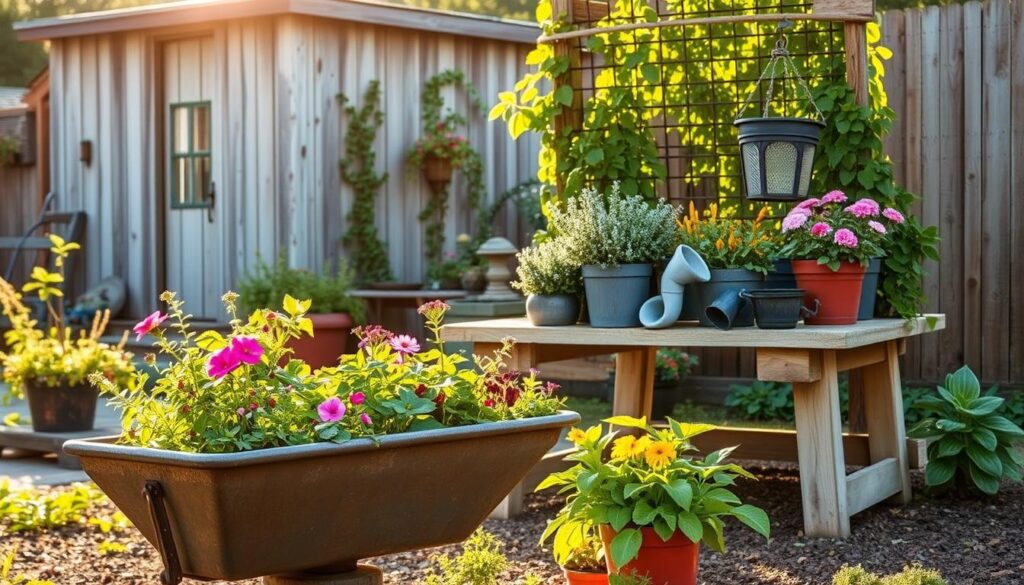
“The right hardware transforms discarded items into lasting solutions. Always match your end caps and brackets to the gutter’s original design.”
Inspiration From Trusted Resources
Three standout ideas from recent publications:
- A mobile lettuce station mounted on casters for easy sunlight chasing
- Interlocking window boxes creating geometric patterns
- Rainbow-striped herb channels doubling as privacy screens
Essential Components for Success
Gather these critical supplies before starting your transformation:
| Item | Purpose | Recommended Type |
|---|---|---|
| End caps | Secure soil containment | Vinyl snap-ons for easy access |
| #8 screws | Secure mounting | Stainless steel (rust-proof) |
| Acrylic paint | Surface protection | Non-toxic outdoor formula |
| L-brackets | Wall support | Galvanized metal (6″ length) |
| Silicone sealant | Waterproof joints | Clear-drying formula |
Prepare your workspace by cleaning channels with vinegar solution and measuring your room or outdoor area. Always test paint on a small section first – some old gutters may need primer for proper adhesion. Safety tip: File sharp ends and wear gloves when handling weathered metal.
Step-by-Step Guide to Creating a Gutter Planter
Transform discarded metal channels into flourishing planters with these expert-approved steps. You’ll need basic tools and about two hours to craft a custom growing space that blends function with eco-friendly style.
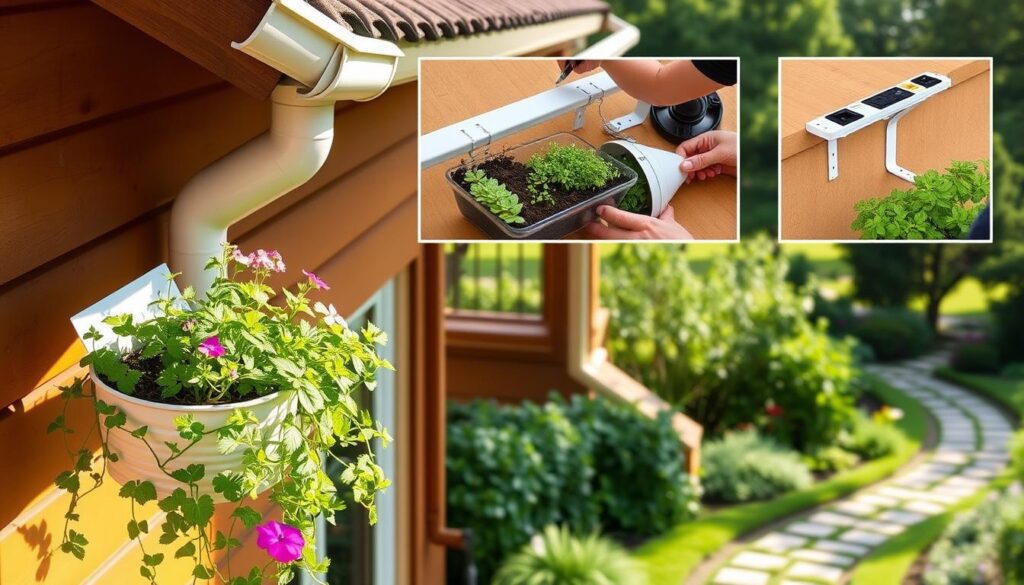
Preparing and Cutting Your Gutters
Start by measuring your space to determine the ideal length gutter sections. Mark cutting lines with chalk, leaving 1″ extra at each end for adjustments. Use tin snips for vinyl or a hacksaw for metal channels – always wear work gloves for safety.
Clean surfaces thoroughly with a vinegar-water mix to remove debris. Let dry completely before applying two coats of outdoor-grade paint. Sustainable Home Magazine recommends waiting 24 hours between coats for maximum adhesion.
| Tool | Purpose | Pro Tip |
|---|---|---|
| 1/8″ drill bit | Create drainage holes | Space holes 6″ apart |
| Snap-on caps | Secure ends | Test fit before sealing |
| L-brackets | Wall mounting | Use 2 per 4′ section |
Installation and Mounting Techniques
Drill 5-7 holes along the bottom using your selected bit. Attach caps with silicone sealant, then let cure for one hour. Position brackets against your wall, drilling pilot holes to prevent splitting.
For angled installations, maintain a 3° slope to ensure proper drainage. Secure your gutter planter with rust-proof screws, checking levelness before adding soil. A Boston DIYer shared: “Painting brackets to match the channel creates a seamless look that neighbors always compliment.”
Creative Ideas for Repurposing Gutters in Your Garden
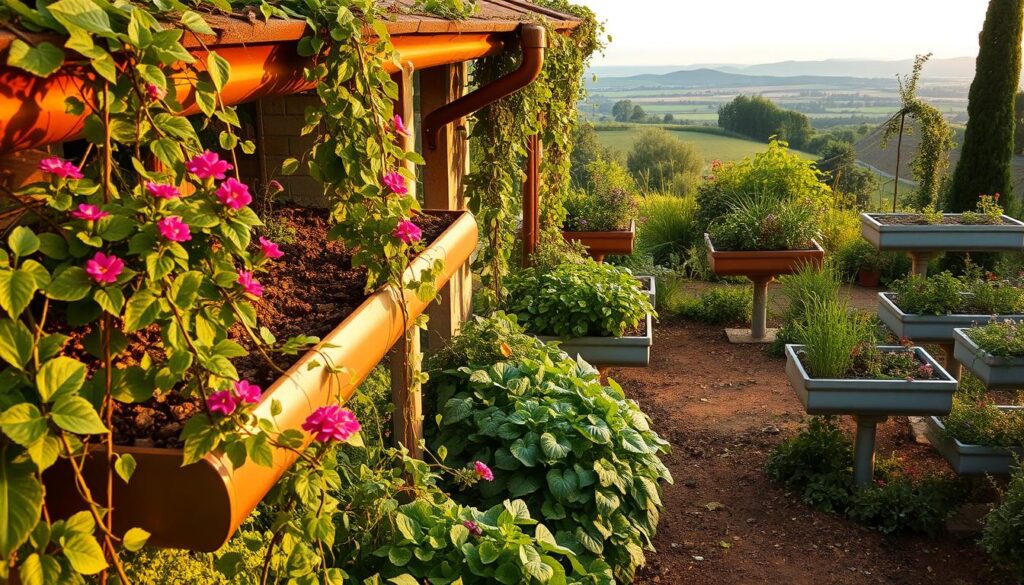
Your backyard becomes a canvas when you reimagine metal channels as artistic growing spaces. Sustainable Home Magazine’s latest issue reveals how designers turn basic rain management tools into conversation-starting features. One standout project transformed salvaged materials into a living chandelier with trailing ivy and string lights.
Vertical and Window Box Gardens
Maximize tight spaces by mounting gutters vertically along fences or walls. A Seattle gardener grew 18 strawberry plants in 6-foot sections hung like ladder rungs. For window boxes:
- Use 4″ wide vinyl channels with built-in brackets
- Alternate flowers and herbs for visual contrast
- Install drip trays to protect siding
| Design | Materials | Yield |
|---|---|---|
| Herb Spiral | 3 galvanized sections | 9 varieties |
| Salad Wall | 6 painted units | 12 heads weekly |
Innovative Designs Like Gutter Bookshelves
Think beyond plants. An Ohio couple created weatherproof “rain gutter bookshelves” for their patio using:
- Powder-coated aluminum channels
- Decorative end caps
- Floating shelf brackets
“The best ideas emerge when you see potential where others see waste. Our gutter tree sculpture collects rainwater while showcasing air plants.”
For seasonal flair, build a rain gutter tree – arrange sections in concentric circles on a post, adding lights or ornaments. These projects prove sustainability and style thrive together when you rethink ordinary materials.
Integrating Sustainable Practices into Your Garden Setup
Smart water management transforms your green space into an eco-haven. Sustainable Home Magazine emphasizes balancing plant needs with environmental care through three key strategies: efficient irrigation, smart planting choices, and soil optimization.
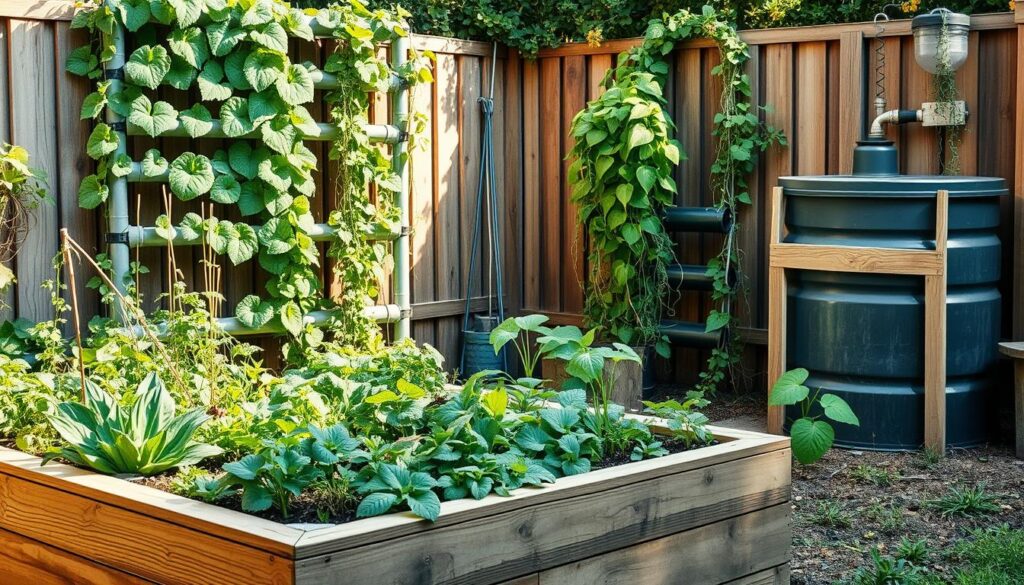
Utilizing Rainwater Drainage Effectively
Angle your planters at ¼” per foot slope to guide excess moisture toward collection barrels. This simple adjustment prevents root rot while conserving water for drier days. For urban setups, attach overflow tubes to direct runoff into neighboring containers.
| Drainage Method | Benefit | Setup Time |
|---|---|---|
| Sloped Channels | Prevents pooling | 15 minutes |
| Overflow Tubes | Multi-planter hydration | 30 minutes |
| Pebble Layers | Improves aeration | 10 minutes |
Plant Selection and Soil Preparation Tips
Choose shallow-root varieties like basil, thyme, or sedum for thriving growth. Mix 60% potting soil with 30% compost and 10% perlite – this blend retains nutrients without waterlogging. Refresh the top 2″ of soil every 8 weeks for continuous plant vigor.
“Healthy roots start with proper preparation. Screen soil through ½” mesh to remove clumps before planting – your plants will thank you with vigorous growth.”
| Plant Type | Sun Needs | Harvest Time |
|---|---|---|
| Leafy Greens | 4-6 hours | 3-5 weeks |
| Flowering Herbs | 6-8 hours | 6-8 weeks |
Opt for vinyl containers in shaded areas – they resist weathering better than metal alternatives. For sunny spots, line metal troughs with coconut coir to insulate roots from heat spikes.
Practical Considerations for Maintenance and Safety
Keeping your upcycled garden thriving requires smart care habits. Sustainable Home Magazine’s 2024 survey found gardens with monthly inspections yield 30% longer-lasting setups. Let’s explore how to protect your plants and property through simple routines.
Regular Upkeep and Cleaning
Clear holes weekly using a pipe cleaner to prevent clogs. Every 60 days, scrub channels with baking soda solution to remove mineral buildup. Check screws and brackets during seasonal changes – tighten any loose connections with a Phillips bit.
| Task | Frequency | Tools Needed |
|---|---|---|
| Drainage check | Bi-weekly | Flashlight, tweezers |
| Structural inspection | Monthly | Screwdriver, level |
| Full clean | Quarterly | Soft brush, vinegar |
Choosing Safe, Non-Toxic Materials
Always verify paint labels for lead content before refreshing finishes. Use food-grade silicone at end caps – it withstands weather without leaching chemicals. When mounting near wall surfaces, opt for stainless steel hardware to prevent rust stains.
“Test older materials by rubbing a white cloth along surfaces – colored residue indicates unsafe oxidation needing replacement.”
Reapply waterproof sealant annually, focusing on joint spaces. Keep these essentials in your toolkit:
- Cordless drill with 1/8″ and ¼” bits
- Non-toxic rust converter
- Adjustable wrench for bracket adjustments
Final Reflections on Innovative Gutter Garden Projects
Transforming overlooked materials into thriving green spaces proves sustainability and style coexist beautifully. Through repurposed channels, you’ve discovered how to craft vertical herb walls, cascading flower displays, and even functional outdoor storage. Sustainable Home Magazine’s featured designs—from deck-mounted salad stations to sunlit window boxes—demonstrate what’s possible with creativity and basic tools.
These projects slash costs by up to 60% compared to store-bought alternatives while giving rain gutters new purpose. Precise length measurements and secure brackets ensure stability, whether mounting on fences or adorning room interiors. The right end caps and drainage setup protect both plants and surfaces.
We’ve seen how simple channels become vertical herb gardens that nourish neighborhoods and spark conversations. Your deck or balcony can host mint for summer cocktails, while paint-accented planters add curb appeal. Every project reduces waste without sacrificing beauty.
Ready to start? Grab those salvaged sections and sketch your vision. Remember: proper hole spacing and slope ensure healthy roots. Share your creations online using #EcoGutterDesign—you might inspire the next featured planter in Sustainable Home Magazine!
This journey from basic water management to artistic solutions shows how small changes create lasting impact. Your space—whether a sprawling yard or fire escape—deserves designs that reflect both practicality and imagination.

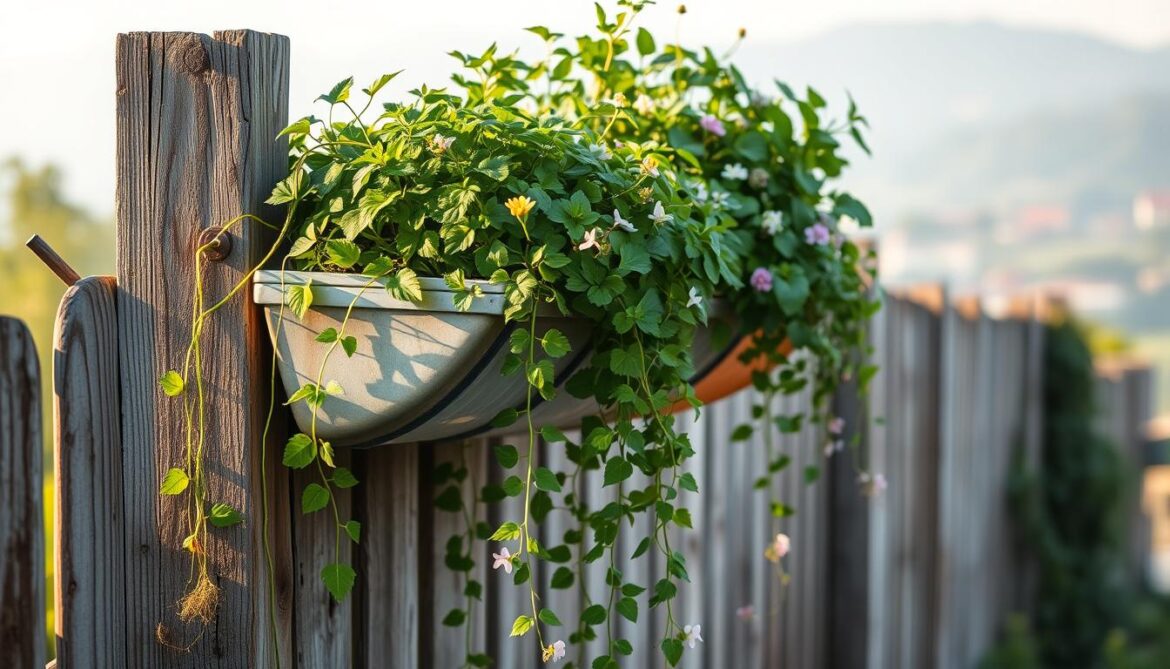
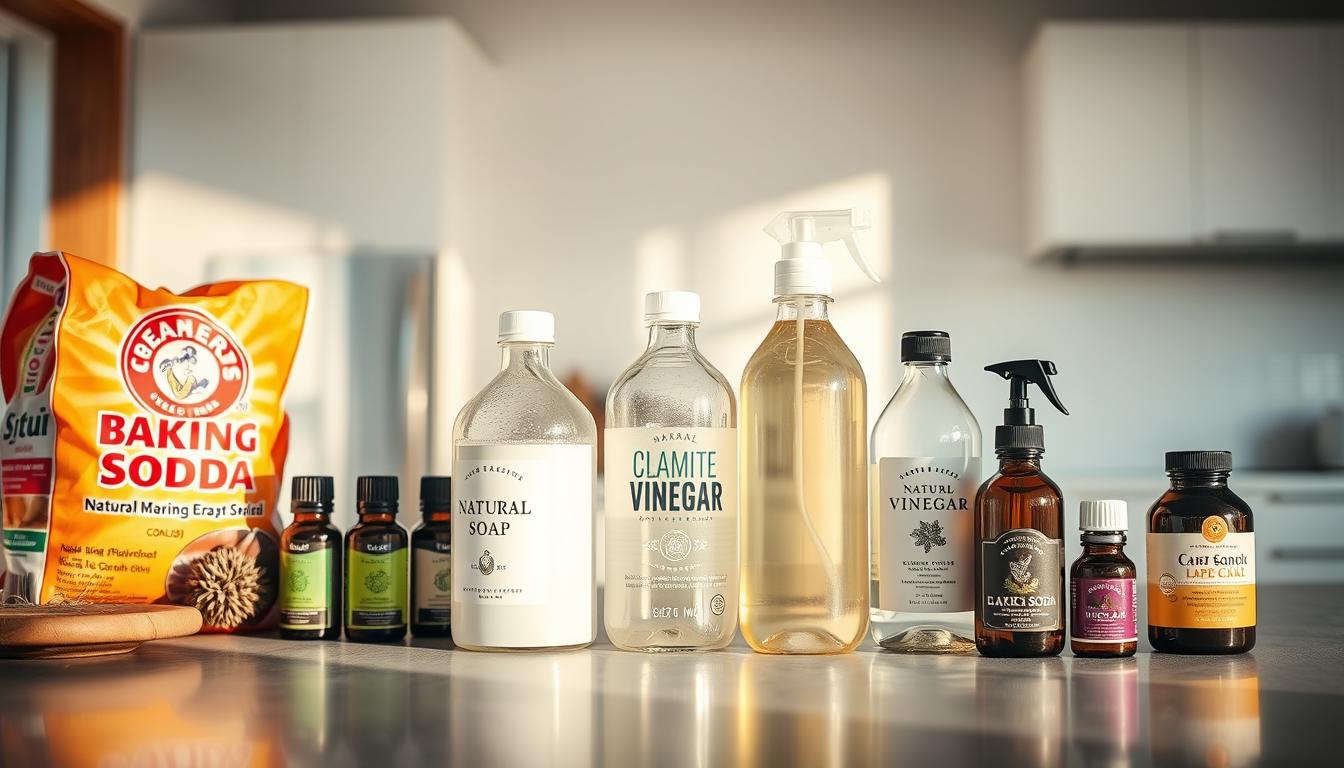
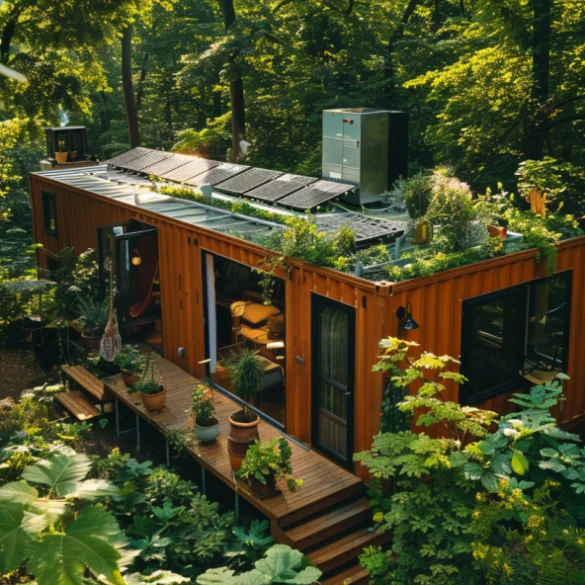

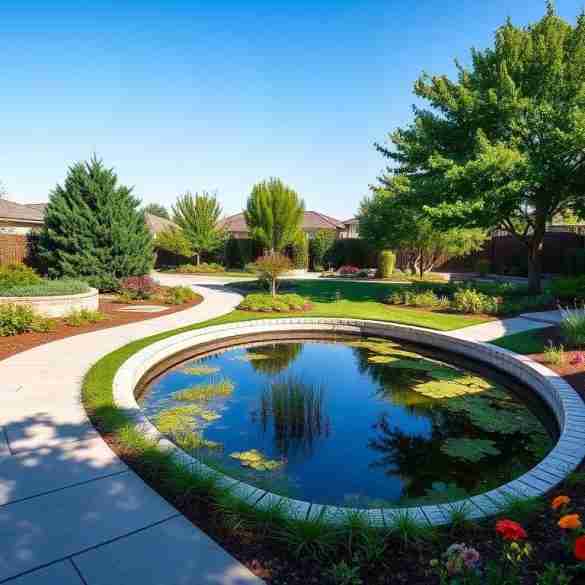
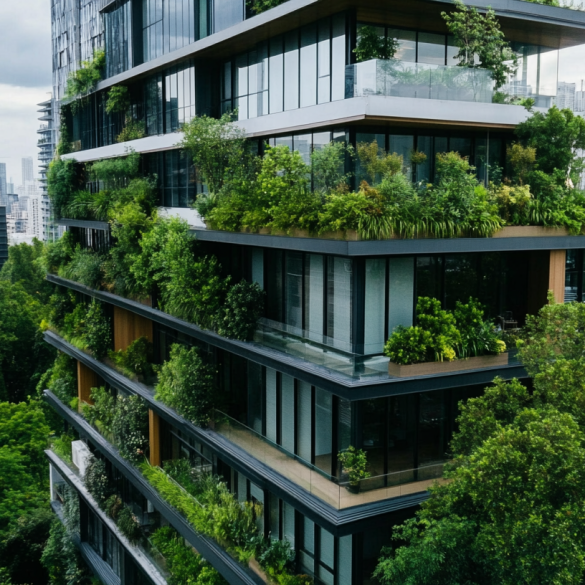
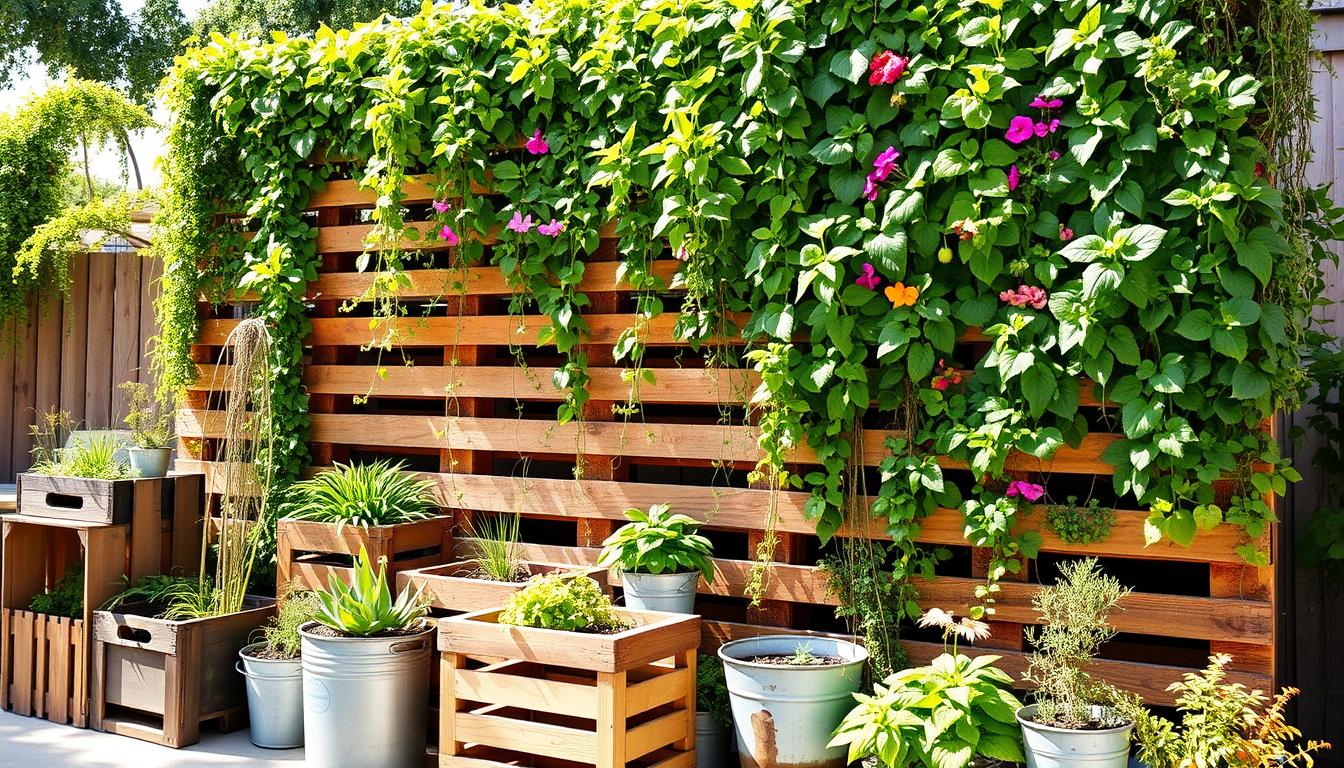

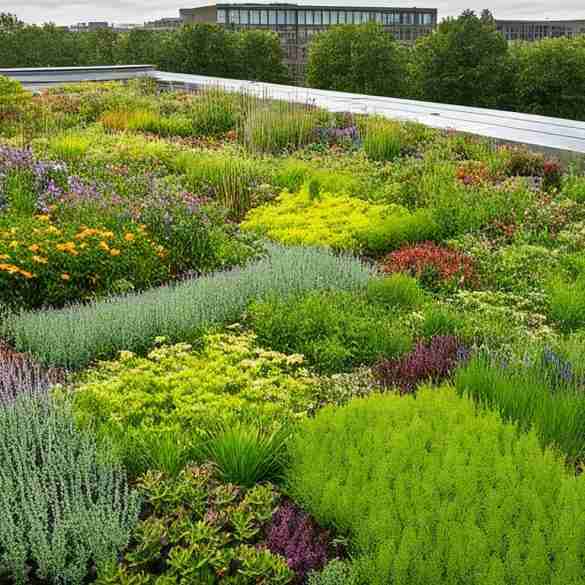
1 comment
[…] Repurposed Rain Gutters – Reduce and mount home gutters, add finish camps, and drill drainage holes. […]